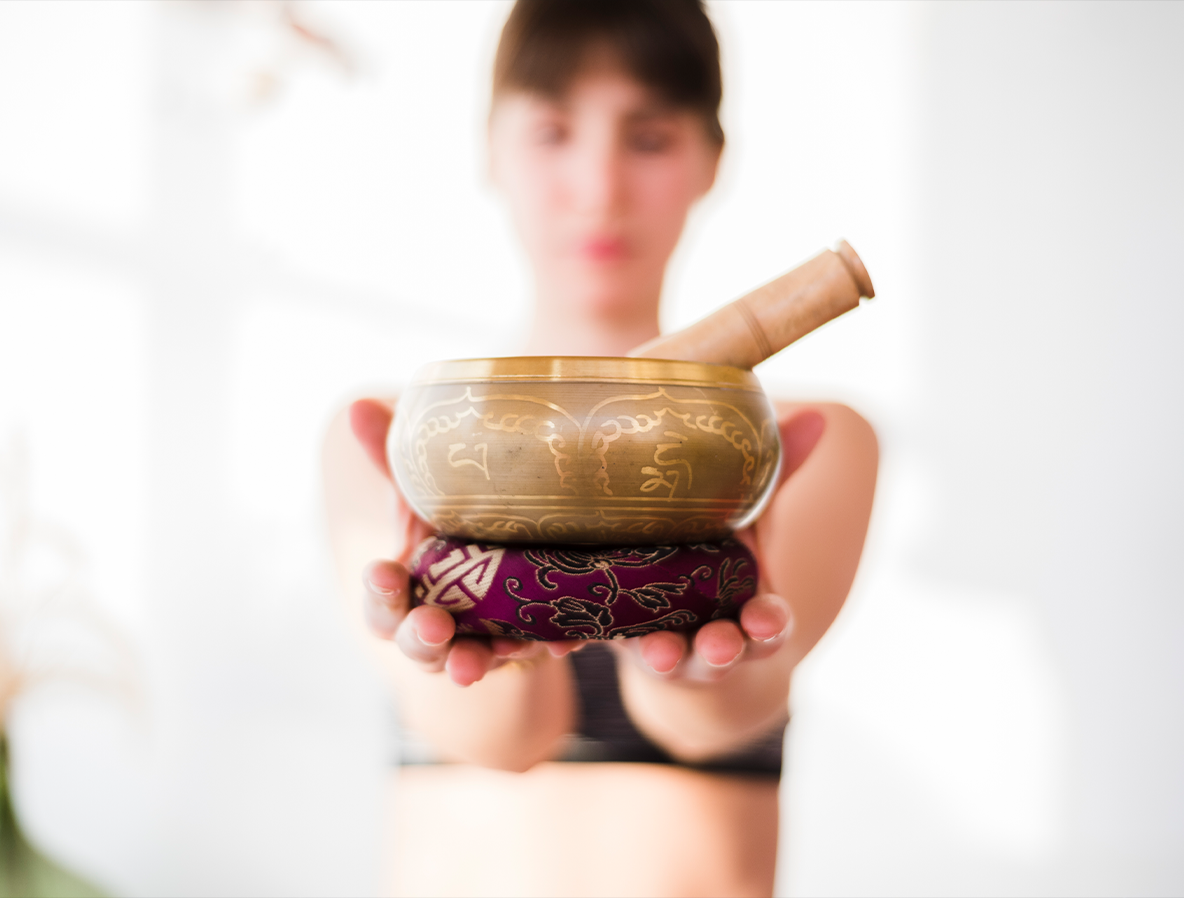Ayurveda - The Art of Self Care
About Ayurveda: Exploring the Roots
Ayurveda, an ancient natural healing system, has its roots in India, dating back over 3,000 years. The term “Ayurveda” is a fusion of the Sanskrit words: “ayur,” which signifies life, and “veda,” meaning science or knowledge. Hence, Ayurveda can be interpreted as the “science of life.” At its core, Ayurveda posits that imbalances or stress in an individual’s consciousness lead to ailments. In response, Ayurveda advocates for lifestyle adjustments and holistic therapies to restore equilibrium among the body, mind, spirit, and the surrounding environment.

The Ayurvedic Approach - Discovering Inner Harmony and Balance
In Ayurveda, a profound emphasis is placed on prevention, urging the nurturing of well-being through vigilant attention to life’s equilibrium. It encompasses cultivating sound thoughts, mindful eating, harmonious lifestyle choices, and incorporating beneficial herbs.
Delving into Ayurvedic wisdom unveils the roadmap to orchestrating equilibrium within the trinity of body, mind, and consciousness, tailored to one’s unique constitution. This knowledge not only empowers the pursuit of balance but also illuminates the path to effecting lasting lifestyle shifts for its preservation.
“Ayurveda is beyond just the science of disease management; it is the science of life.”

Fundamental Principles of Ayurveda
According to the basic doctrine principles of Ayurveda, the whole universe is composed of five essential elements: Air, Water, Space, Earth, and Fire. These building blocks, known as the “Pancha Mahabhoota,” come together in diverse ways to shape three fundamental forces within our bodies.
These forces are called Vata, Pitta, and Kapha, referred to as “Tridoshas.” Think of them as the directors of our body’s essential functions, each having five sub-forces under their care.
Ayurveda teaches that our bodies consist of seven vital tissues or “Saptadhatus”: tissue fluids, fat, blood, bones, marrow, muscles, and semen. Alongside these are three waste products or “Malas”: poop, urine, and sweat.
Here’s a breakdown of what each of these forces does:

Vata Dosha
This is like the cell transport manager. It handles things like electrolyte balance and getting rid of waste. When it’s dry, Vata becomes more active.
Pitta Dosha
Imagine Pitta as the temperature regulator, the coordinator of what you see, and the manager of hunger and thirst. Heat can make Pitta more intense.
Kapha Dosha
Kapha is all about balance. It helps keep your joints well-lubricated and plays a role in the digestion of sweet and fatty foods. It’s like your body’s maintenance crew.
Ayurveda suggests that these three forces work together like a symphony, and you’re healthy when they’re in harmony. But if one of them gets too loud or quiet, health issues pop up.
So, the key is maintaining the right balance among Vata, Pitta, and Kapha, along with other factors. If these forces get out of balance, problems arise, and you might not feel your best. The ancient wisdom of Ayurveda guides us to keep these forces in harmony to enjoy good health and well-being.
What is Panchkarma in Ayurveda?
Imagine giving your body a deep and refreshing makeover. That’s exactly what Panchakarma does – it’s like a spa day for your insides! Panchakarma gets its name from the Sanskrit words “pancha” (five) and “karma” (actions), and it’s all about giving your body the ultimate treat with five amazing procedures.
Think of Panchakarma as a superhero for your health. It’s not just about getting rid of unwanted waste; it’s also about preventing issues and promoting wellness. This treatment has three key goals: keeping you healthy, fixing problems, and boosting your overall well-being.
So, let’s dive into the different moves of Panchakarma. –

The Five Karmas
Vamanam (Therapeutic Emesis)
This is like a gentle superhero helping your upper belly and the start of your breathing tubes get all clean. It’s like a reset button for your stomach and breathing tubes.
Virechanam (Purgation)
Here’s a superhero that focuses on your lower belly. It helps you clear out from your stomach down to the exit. Say goodbye to waste!
Anuvasana (Medicated Oil Enema)
This superhero brings the magic of oil to your backside. It’s like giving your lower back area a good massage and helping it eliminate waste.
Nasyam (Nasal Instillation)
Picture a superhero doing neat tricks for your nose and the spaces around it. This move helps your breathing and clears the way for fresh air.
Astapana Vasti (Therapeutic Decoction Enema)
Time for a superhero drink for your insides! This superhero is like a tasty tea that cleans your lower belly like a breeze.
Here's how the journey goes
Step 1: Prep Time (Poorva Karma)
Before the big moves, your body gets ready with a little pampering. It’s like a warm-up before exercise. Oils and heat gently loosen up all the gunk in your body, making it easier to get rid of.
Step 2: Action (Pradhan Karma)
It’s time for the main event! Based on what your body needs, the different moves are chosen. If your upper belly needs attention, Vamanam is on the list. And for the lower abdomen, Virechanam is the go-to move.
Step 3: Cool Down (Paschaat Karma)
Your body needs a little TLC after all that action. A special diet helps your digestive system return to its happy and healthy self.
So, there you have it – Panchakarma, your body’s ultimate team for a fresher, healthier you!
Ayurveda has a different approach to promoting the health and well-being of our bodies. To eliminate doubts about the uniqueness of Ayurveda, here are some of the key benefits of opting for Ayurveda as compared to other systems of medicine.
Choosing Ayurveda = Improved well-being and longevity
Defining Life with Clarity
In a world where defining life remains challenging, Ayurveda brings clarity. It describes life as the harmonious connection of body, mind, and spirit. This holistic perspective forms the foundation for understanding health and wellness.
Time-Tested Wisdom for Modern Times
While Ayurveda’s principles emerged thousands of years ago, they continue to resonate in the modern era. The timeless theories are a robust framework to comprehend and address newly emerging diseases, adapting to the evolving health landscape.
Application and Effectiveness
Ayurveda’s applicability remains potent today. It demonstrates a remarkable capacity to grasp the nuances of emerging health issues and provide tailored solutions. The potential for Ayurveda to contribute to modern healthcare is boundless.
Nature-Centric Living
Ayurveda promotes a lifestyle in harmony with nature. This approach acts as a shield against lifestyle-related ailments that are rampant today. By embracing Ayurveda, you align your life with nature, fostering well-being and disease prevention.
